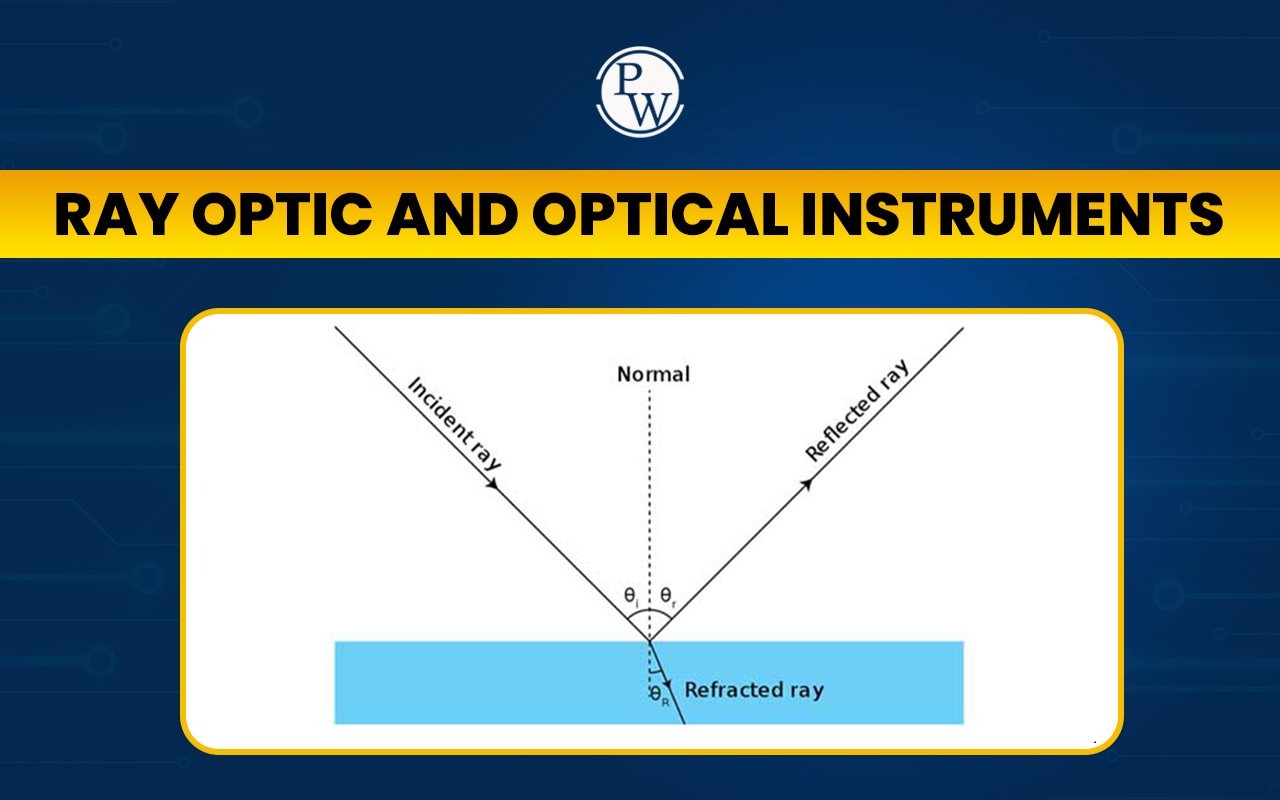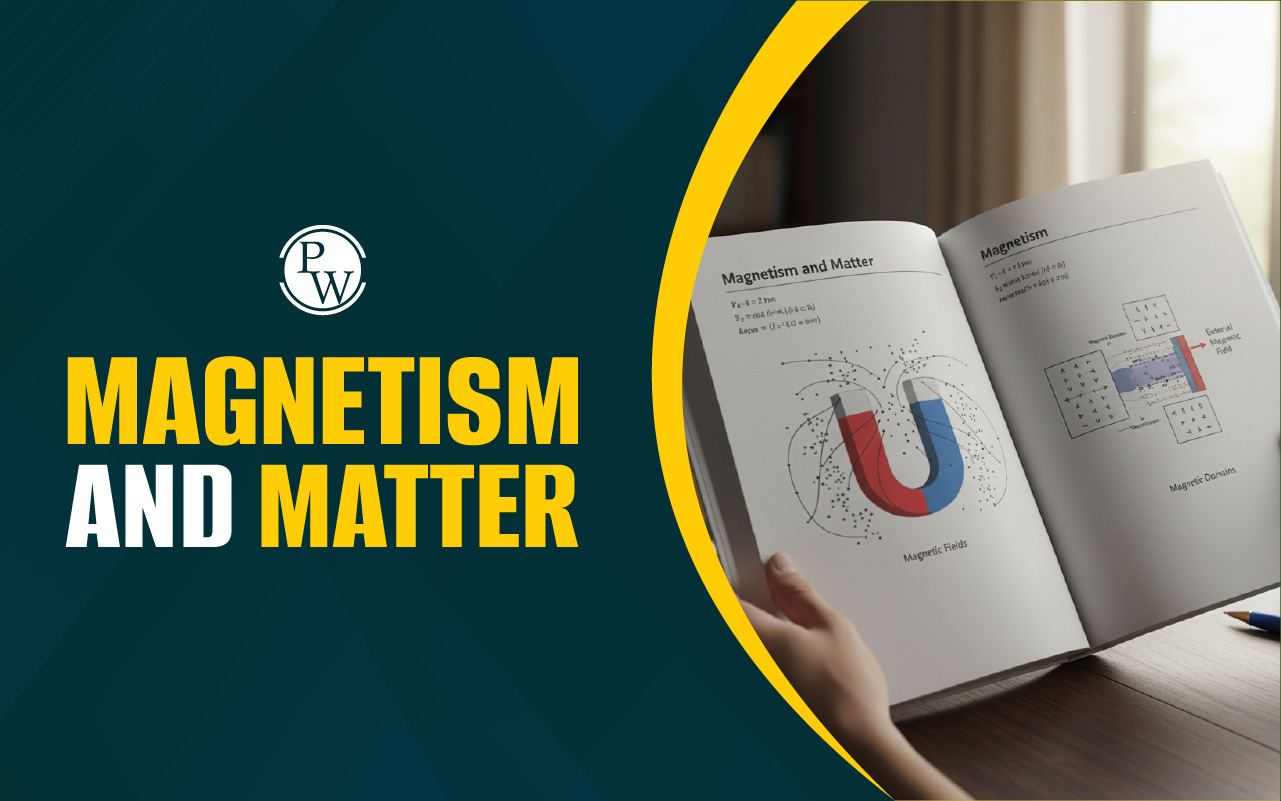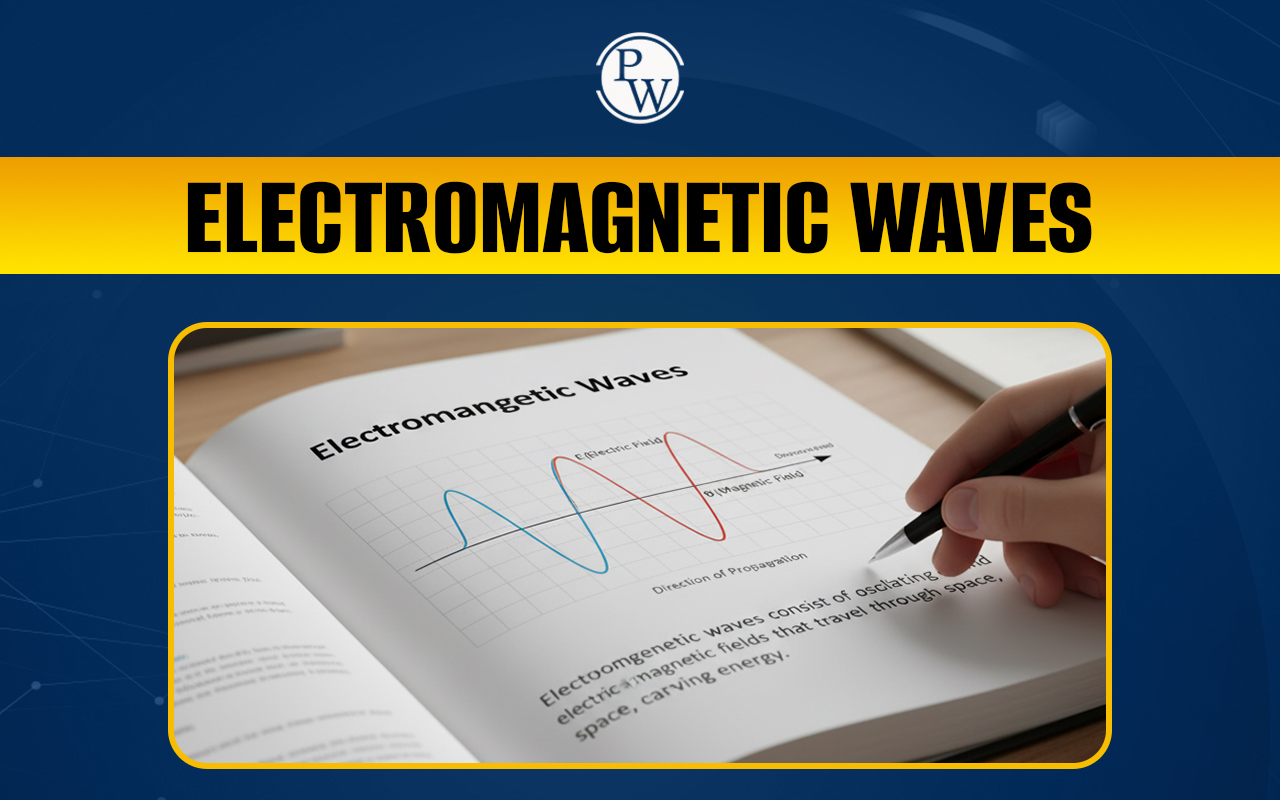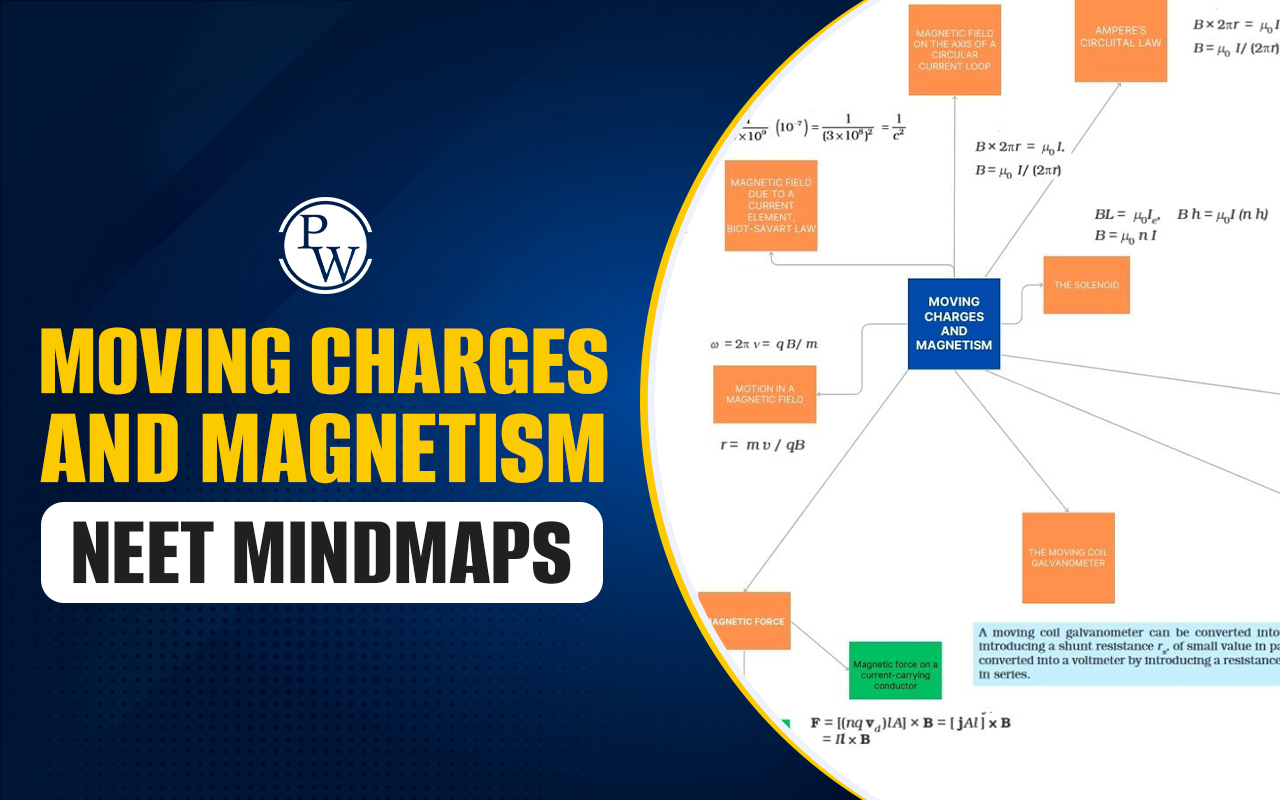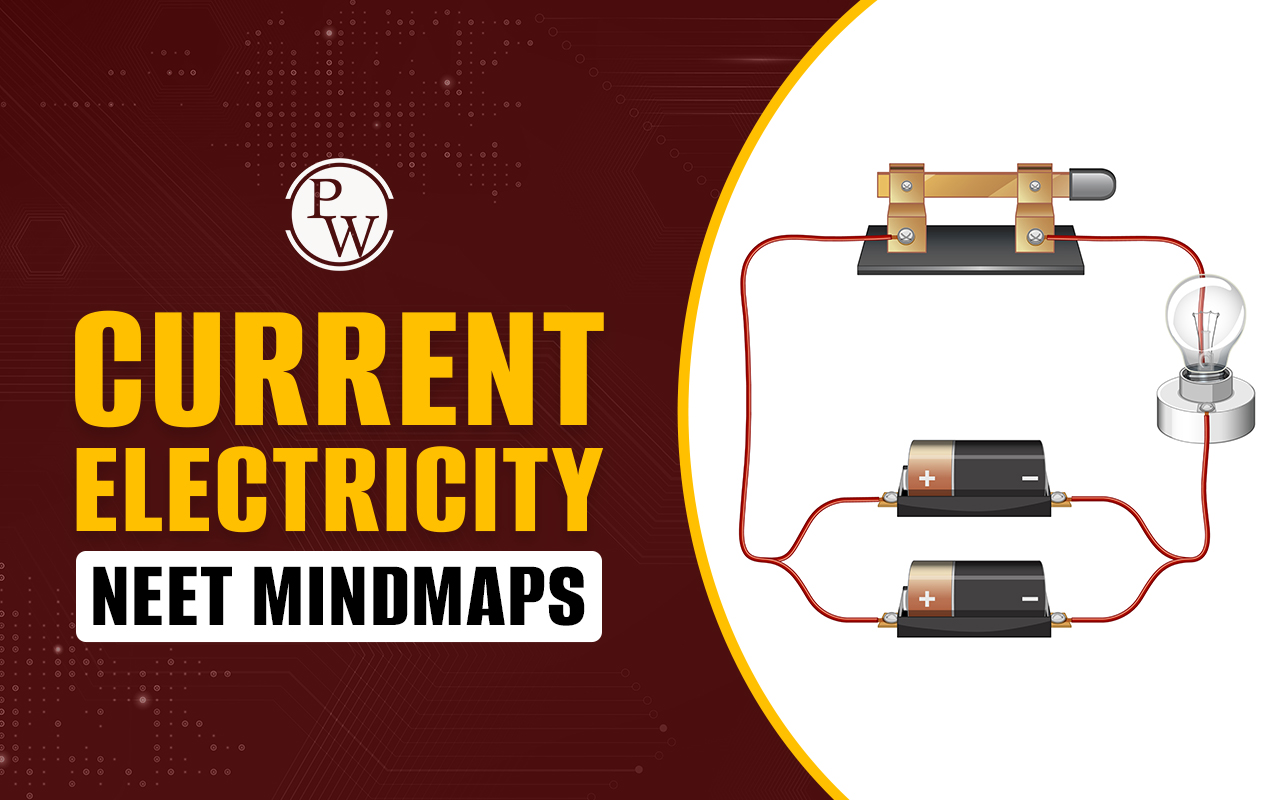
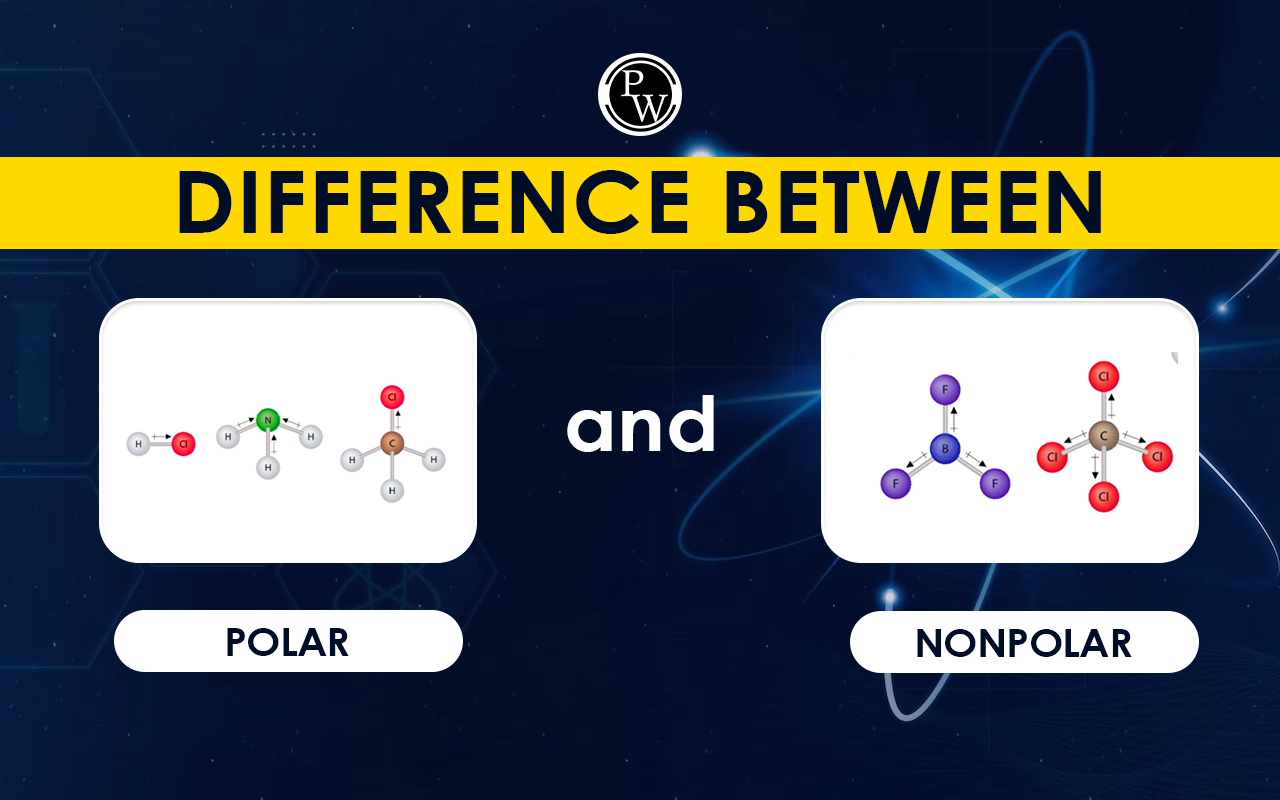
Difference Between Polar and Nonpolar : NEET aspirants start their preparation journey by understanding NEET syllabus . It is also chemistry as a major subject in which aspirants wish to explore the difference between polar and nonpolar molecules.
This topic is not just a part of the NEET Syllabus; it also helps to understand the behavior of molecules. So, let's go through this concept, breaking it down into simple terms, ensuring that every NEET candidate can grasp the essence of polar and nonpolar bonds that will unfold the tiny details of molecules.
Difference Between Polar and Nonpolar
There are two fundamental types of bonds in chemistry: polar and nonpolar molecules. Nonpolar elements emerge when there's no difference in electronegativity and offer balanced sharing of electrons. In contrast, polar bonds show an electronegativity gap, leading to an ionic bond, compelling electron movement. Polar covalent bonds feature an electronegativity difference of 0.4 to 1.8, while pure covalent bonds surpass 0.4. Ionic bonds, characterized by electronegativity differences below 1.8, highlight the diverse nature of chemical bonding. This complicated movement of electrons shapes the dynamic world of molecules, defining their unique characteristics and properties.
Difference Between Polar and Nonpolar Overview
Understanding the world of molecules is key for NEET aspirants, and understanding the Difference Between Polar and Nonpolar molecules is important to analyze their behavior. In this brief overview, we explore the unique characteristics shaping chemical bonding. For a quick reference, find a comprehensive table below highlighting the Difference between Polar and Nonpolar bonds. This quick detail serves as a handy guide for aspiring NEET students, simplifying the complex concept of molecular polarity found in chemistry.
| Difference Between Polar and Nonpolar | ||
|---|---|---|
| Parameters | Polar Molecules | Nonpolar Molecules |
| Definition | Have an uneven distribution of electrons, resulting in a separation of charge (positive and negative ends). | Have an even distribution of electrons, with no significant charge separation. |
| Electronegativity | The electronegativity difference between bonded atoms is significant. | The electronegativity difference between bonded atoms is minimal. |
| Examples | Water (H2O), Ammonia (NH3), Hydrochloric Acid (HCl) | Oxygen (O2), Methane (CH4), Carbon Dioxide (CO2) |
| Dipole Moment | Have a noticeable dipole moment. | Have a very weak or no dipole moment. |
| Solubility in Water | Often soluble in water. | Often insoluble or less soluble in water. |
| Melting and Boiling Points | Generally higher due to stronger intermolecular forces. | Generally lower due to weaker intermolecular forces. |
| Physical State at Room Temperature | Can be solid, liquid, or gas. | Often gases or liquids, but some can be solids. |
| Examples in Nature | Sugars, Alcohols, Amino Acids. | Hydrocarbons, Noble Gases. |
| Molecular Symmetry | Often asymmetrical in shape. | Symmetrical or linear in shape. |
What are Polar molecules?
Polar molecules have an uneven distribution of electrons, creating a separation of charge. This happens when there is a significant difference in electronegativity between the atoms in a molecule. One end of the molecule becomes slightly negative, and the other end becomes slightly positive. An example of a polar molecule is water (H2O), where the oxygen atom is more electronegative than the hydrogen atoms, leading to a partial negative charge on the oxygen and partial positive charges on the hydrogens. 
What are Nonpolar molecules?
Nonpolar molecules have an even distribution of electrons, meaning there is no significant charge separation. This occurs when the electronegativity difference between atoms is minimal. For instance, oxygen molecules (O2) are nonpolar because the electronegativity of the two oxygen atoms is similar, resulting in a symmetrical sharing of electrons and no noticeable charge separation. PW NEET online coaching offers expert guidance through video lectures and experienced faculties, coupled with comprehensive study materials aligned with the updated NEET syllabus. With a commitment to student success, PW ensures effective preparation, making it a trusted choice for aspiring NEET candidates.
Difference Between Polar and Nonpolar FAQs
What is the difference between a polar bond and a polar molecule?
What is an example of a polar and nonpolar molecule?
How do you determine if a molecule is polar or non polar?
What are 2 examples of nonpolar molecules?
Is water polar or non-polar?
Is oil a polar or nonpolar?

